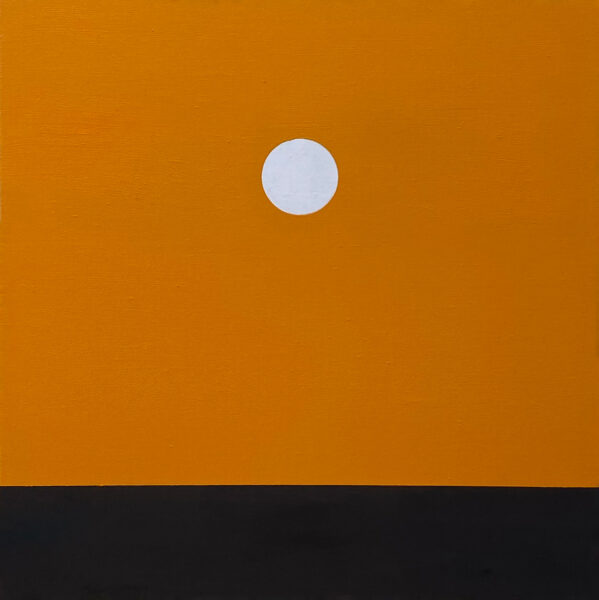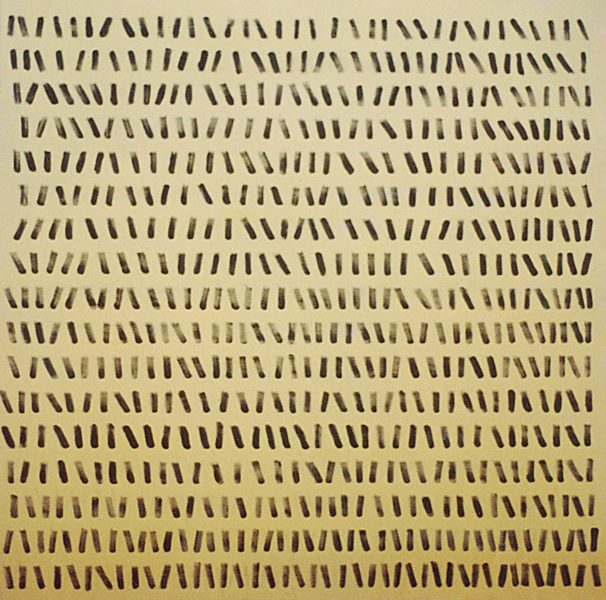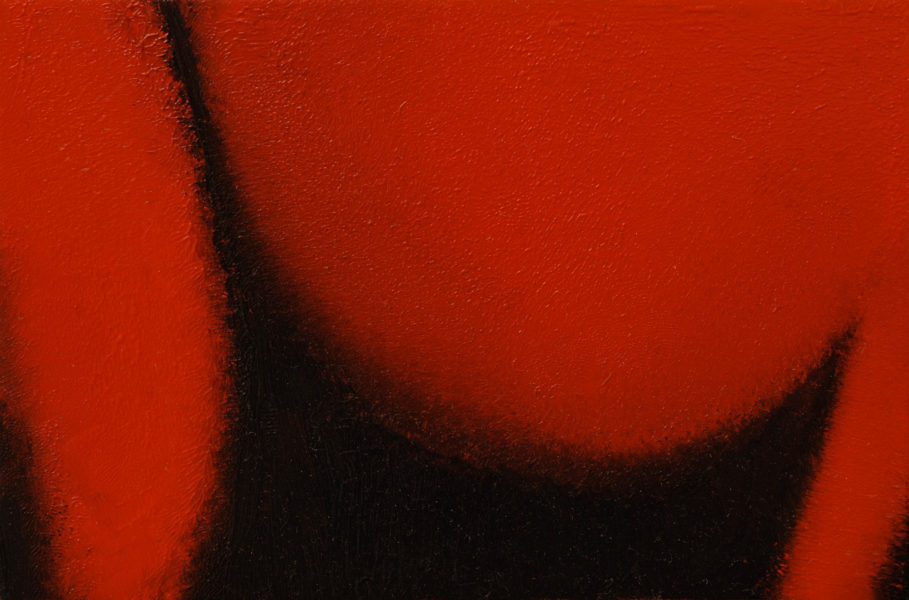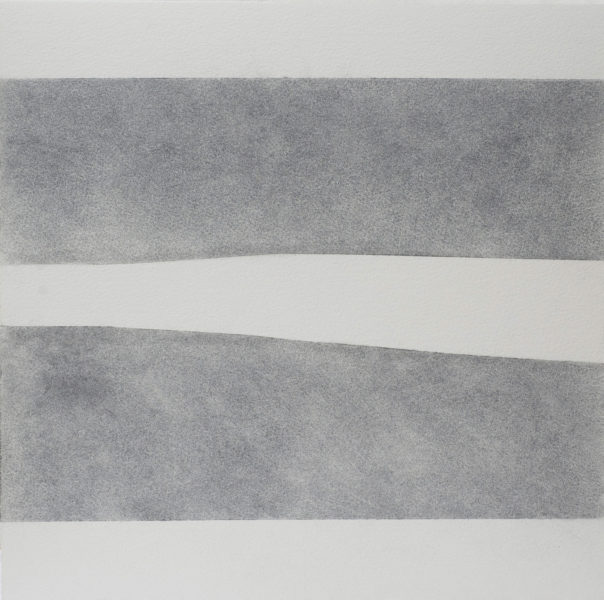
Hinode (Sunrise)
I see you warm up
The horizon glowing gold
Ember to amber
Hardiment’s series, Hinode, is a visual representation of her haiku. As such they are paintings to be heard as well as seen.
A haiku is a traditional Japanese poem, originally restricted to an objective description of nature. It is composed of three unrhymed lines made up of seventeen syllables. The beauty and simplicity of the form is visually replicated in the clarity of the sun, rising through each canvas like notes on a musical score.
In this Hardiment creates poetic landscapes with symbols that resonate on a subliminal level. Her work presents a juxtaposition of literal and visual poetry – the poetry of words and the poetry of form. The simplicity of the words and the paintings register the signs and symbols as key notes to personal memory.
These emotive landscapes invite the viewer to dream – connecting us on a visceral level in the purity of nature. We take for granted the sun will rise and set and as so it is seen as a cliche based on its reliable aesthetic ‘beauty’. Hardiment marks this magical quality of the natural world by creating forms emblazoned in subdued seductive hues.
The haiku and accompanying paintings will be published later this year in Tilney’s forthcoming book, Palette.
Tilney Hardiment studied fine art painting at Bath Academy of Art from 1982 – 1985 under Michael Simpson, Maria Lalic, and Peter Kinley and came into contact with Paula Rego, Anthony Gormley, and Susan Hiller. In 2009 she completed a Fine Art MA at the University of Brighton.
Hardiment has worked predominantly with oil on canvas for over 35 years.
Drawing from Kandinsky’s spiritual theories of art, and abstract twentieth century painting, Hardiment’s work in the eighties was influenced by the metaphysical nature of colour. With a keen critical awareness of the principles of colour field painting, the large scale abstracted architectural work she produced at this time were inspired by Basquiat, Guston, Tapies, Marcus Lupertz and Hodgkin.
In 1987 Hardiment moved to New York where she worked in SoHo and exhibited, among other galleries, at the Anita Shapolsky Gallery on Spring Street.
In 1991 she returned to her hometown of London and set up studio off Brick Lane.
To refine her practice, she now produced a series of meditative works in multi-media. These lyrical drawings and paintings were aesthetically in tune with the line of abstraction developed by Agnes Martin, Sol LeWitt and Eva Hesse.

Since 2000 Hardiment has evolved a focused series of drawings, paintings and giclee prints. Intent on claiming the female nude as neutral territory, and inspired by the expressive economy of minimalist painting, she has employed the forms and shapes of her body as a compositional tool.
Exploring painting and drawing from photographs of her body, the series of ‘Touch Paintings’ (oil on aluminium), are made with fingerprints, the marks reflecting the subject.

In the Internationale Kunst Heute, volume 2017, Ingrid Gardill wrote:
“Hardiment succeeds in releasing and depersonalising herself as subject. The work is no longer bound to the body of an individual, but develops its own life. This allows the viewer to freely associate with the extremely poetic play of the captivating forms”

